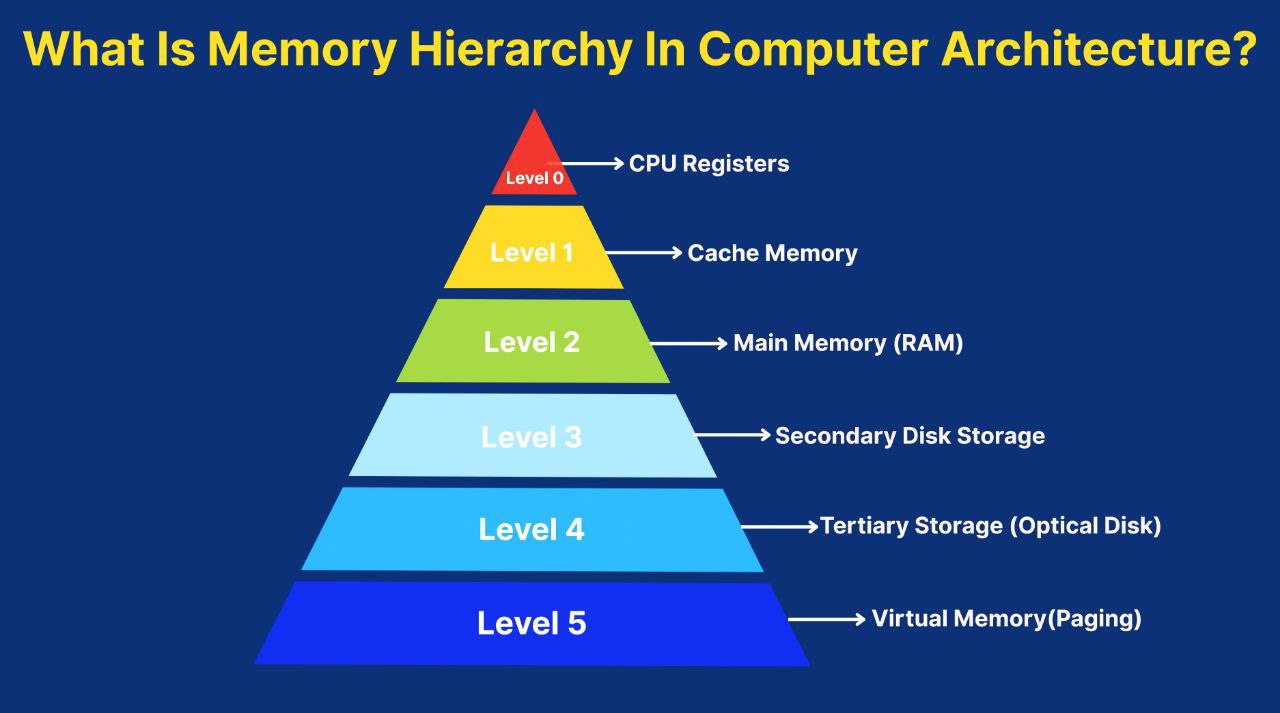What is Left Wing Extremism, Discuss it’s Issues & Challenges
Left-wing extremism, often linked with radical socialist, communist, or anarchist ideologies, has historically focused on addressing issues such as economic inequality, government corruption, and the oppression of marginalized groups. While left-wing movements advocate for progressive and inclusive reforms, extremism on the left can manifest in violent or radical approaches that pose unique issues and challenges.
Here’s an overview :
Key Issues Associated with Left-Wing Extremism :

- Economic Inequality and Class Struggle: Left-wing extremism often arises from frustration over persistent economic inequality and exploitation. Extremist groups seek to overthrow capitalist structures, which they view as perpetuating class divisions, often advocating for the redistribution of wealth and collective ownership of resources.
- Challenge: While addressing inequality is crucial, left-wing extremist movements can sometimes advocate for violent revolution or aggressive redistribution policies, leading to instability, economic disruption, and potential authoritarian regimes.
- Opposition to State Power: Many left-wing extremists distrust centralized state power, especially when it is seen as serving corporate interests or the elite. Movements such as anarchism reject hierarchical structures, favoring self-governance or community-based models.
- Challenge: Dismantling or rejecting state institutions can lead to power vacuums, lawlessness, and the inability to maintain social order. This can disrupt public services, security, and long-term governance.
- Environmental and Anti-Capitalist Movements: Some left-wing extremists focus on environmental issues, criticizing industrial capitalism for environmental degradation. Radical environmental groups may resort to direct action, including property destruction, sabotage, or attacks on corporations.
- Challenge: While environmental concerns are legitimate, violent actions can alienate broader support, endanger lives, and sometimes damage the cause by associating legitimate activism with terrorism or extremism.
- Anti-Globalization and Anti-Imperialism: Left-wing extremists often oppose globalization, seeing it as a form of imperialism that benefits multinational corporations at the expense of local populations, particularly in developing countries.
- Challenge: Anti-globalization movements can lead to isolationist policies that restrict trade and economic development, negatively impacting both the global economy and local economies.
- Militancy and Violence: Some left-wing extremist groups have adopted militant strategies, including armed struggle, guerrilla warfare, or terrorism. These groups often justify violence as a means of resisting oppression or achieving social justice.
- Challenge: Militancy can lead to human rights abuses, loss of civilian lives, and erosion of public support for their cause. Governments often respond with counter-insurgency measures, further escalating violence.
Challenges in Addressing Left-Wing Extremism :

- Legitimacy of Some Grievances: Unlike some other forms of extremism, left-wing extremism often has roots in genuine social and economic grievances, such as inequality, poverty, or exploitation. This makes it challenging to address without dismissing legitimate concerns.
- Complex Ideologies and Fragmentation: Left-wing extremism encompasses a wide range of ideologies, from Marxism and Maoism to anarchism and radical environmentalism. These ideologies may conflict with each other, making it difficult to engage with or contain such movements as a cohesive whole.
- Government Response: Heavy-handed or militarized responses to left-wing extremism can further radicalize groups and communities, creating martyrs and perpetuating cycles of violence. Governments often struggle to find a balance between security and addressing the root causes of extremism.
- Radicalization of Marginalized Groups: Left-wing extremist groups often recruit from marginalized or disenfranchised populations, such as the poor, indigenous communities, or workers exploited by corporate interests. Addressing extremism requires tackling the socioeconomic conditions that contribute to radicalization.
- Impact on Social Movements: The association of violence with left-wing causes can undermine broader social movements. For instance, peaceful environmental or labor rights movements may be tainted by the actions of extremist factions, leading to decreased public support.
Global Context and Case Studies :

- Maoist Insurgencies (India): Maoist or Naxalite insurgencies in India are one of the most notable examples of left-wing extremism. The Maoists claim to fight for the rights of marginalized rural populations but have engaged in violent guerrilla warfare, challenging state authority and development programs.
- Red Brigades (Italy) and Baader-Meinhof (Germany): In the 1970s and 1980s, left-wing extremist groups in Europe like the Red Brigades and Baader-Meinhof engaged in acts of terrorism, including assassinations and kidnappings. Their goal was to challenge capitalist states but ultimately led to significant state crackdowns.
- FARC (Colombia): The Revolutionary Armed Forces of Colombia (FARC), a Marxist-Leninist guerrilla group, fought a long insurgency against the Colombian government. While advocating for land reform and social justice, they became involved in drug trafficking and kidnappings, blurring the line between ideology and crime.
Ways to Mitigate Left-Wing Extremism :

- Addressing Socioeconomic Inequality: Tackling economic disparities through progressive policies, land reforms, and ensuring equitable access to education and healthcare can reduce the appeal of extremist ideologies that promise radical change.
- Inclusive Political Dialogue: Encouraging peaceful political participation and providing channels for marginalized groups to express grievances can help prevent the alienation that leads to extremism.
- Combating Corruption and State Violence: Extremist movements often emerge in response to perceived state injustice. Transparent governance, anti-corruption measures, and limiting state violence against protestors can prevent radicalization.
- Community Engagement and Empowerment: Working with local communities to address concerns, especially in rural or economically disadvantaged areas, can help reduce the appeal of extremist groups that promise to represent their interests.
Left-Wing Extremism remains a complex and multifaceted challenge, with deep-rooted social, political, and economic dimensions. Understanding its causes and nuances is crucial for effective prevention and resolution.x
Share this content:



Leave a Reply